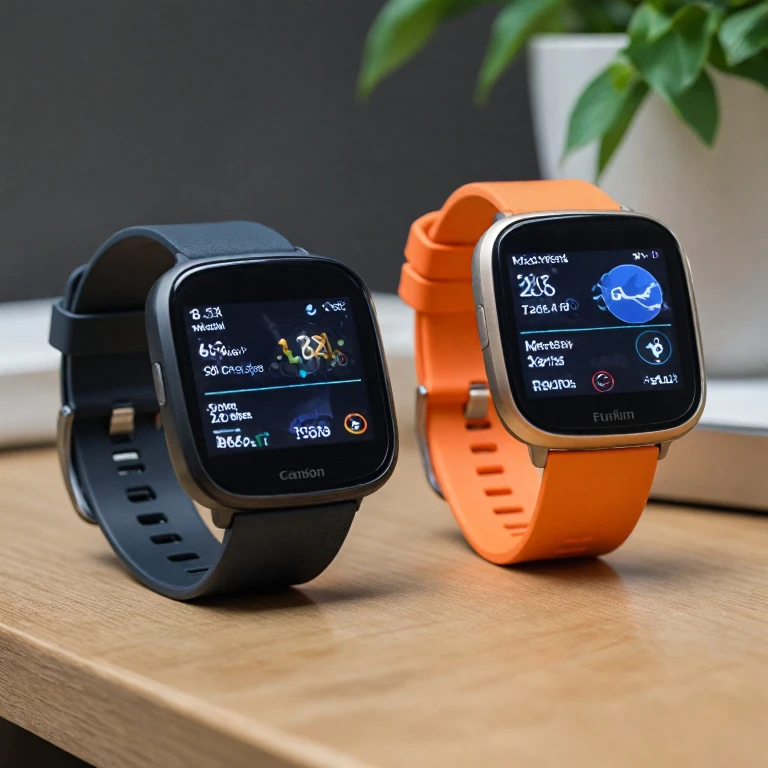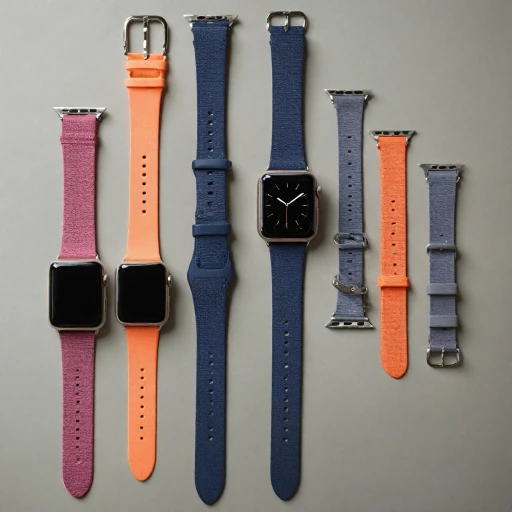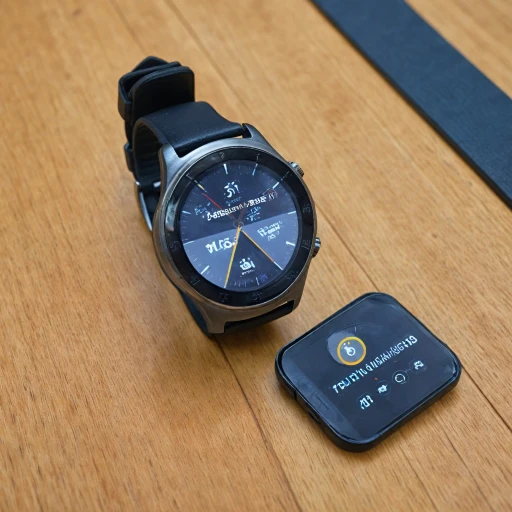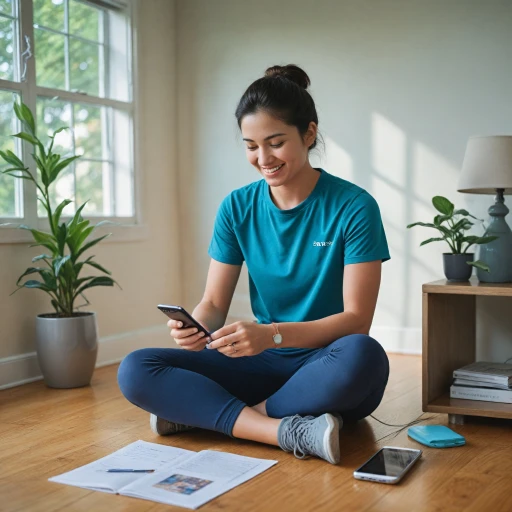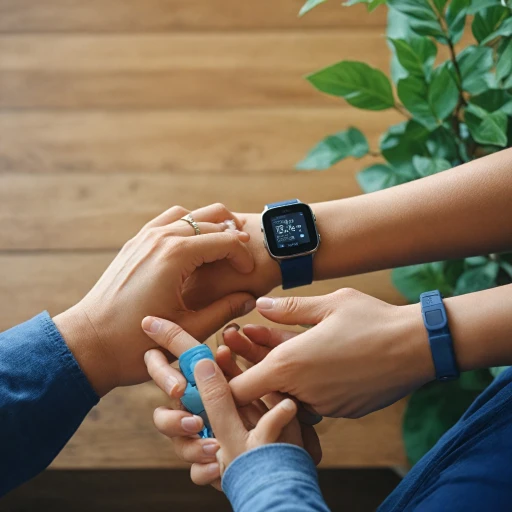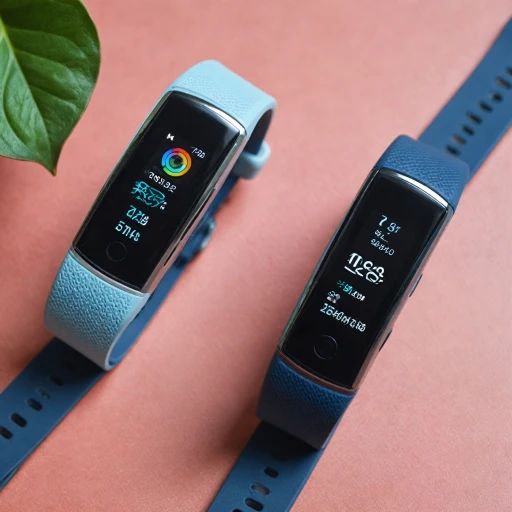Design and Display
Distinctive Design Elements
When comparing the Fitbit Sense 2 and Fitbit Versa 4, one of the first noticeable differences lies in their design elements. Both of these devices showcase a modern, sleek look that caters to the increasing demand for aesthetically pleasing smartwatches. While both models bear resemblance in overall shape, upon closer inspection, the Sense 2 exhibits a slightly more premium feel.
The Sense 2 features a stainless-steel rim that not only adds a touch of elegance but also enhances its durability compared to the Versa 4. This might appeal more to those who prioritize materials that offer a sturdier build. However, the Versa 4 does not lag behind in terms of craftsmanship. It features an aluminum case that balances lighter weight with an attractive minimalist design. Both watches offer a similar screen size and resolution, providing a crisp, clear display for users who value detailed image quality, suitable for monitoring fitness tracking and other data effectively.
Color Choices and Straps
The choice of color and strap availability also sets these two models apart. Available in several color options, ranging from classic to bold hues, both models allow users to customize according to personal style. The variety extends to the straps available, compatible with a plethora of third-party manufacturers, much like the popular Galaxy Watch and Garmin Epix devices.
The seamless transition from day-wear to workout gear is key, and these models deliver just that. Designed with versatility in mind, users can easily switch from a more formal look to a sporty one, accommodating both work meetings and gym sessions effortlessly.
Ultimately, the choice between the Fitbit Sense 2 and Fitbit Versa 4 in terms of design may boil down to material preference and the device's tactile presence on the user's wrist. With both devices providing a water-resistant body, you can rest assured that they are suited for various physical activities, including swimming.
Health and Fitness Tracking
Advanced Health Monitoring
When it comes to health and fitness tracking, both the Fitbit Sense 2 and Versa 4 offer a robust set of features designed to keep you informed about your well-being. The Sense 2 is particularly noted for its advanced health sensors, which include an electrodermal activity (EDA) sensor for stress tracking, a skin temperature sensor, and an ECG app to monitor heart health. These features make it a compelling choice for those who prioritize in-depth health insights.
Comprehensive Fitness Tracking
The Versa 4, while slightly less advanced in health monitoring, excels in fitness tracking capabilities. It provides all-day activity tracking, 24/7 heart rate monitoring, and built-in GPS, which is ideal for outdoor workouts. Both devices are water resistant, making them suitable for swimming and other water-based activities. The Versa 4’s focus on fitness tracking makes it a great option for those who are more fitness-oriented.
App Integration and User Engagement
Both the Sense 2 and Versa 4 integrate seamlessly with the Fitbit app, offering a user-friendly interface to track and analyze your health and fitness data. The app provides personalized insights, guided programs, and a community feature to keep users motivated. While the Sense 2 provides more detailed health metrics, the Versa 4 offers a streamlined experience for those focused on fitness goals.
In comparison to other devices like the Samsung Galaxy Watch or Garmin Forerunner, Fitbit’s offerings stand out for their comprehensive health and fitness tracking features at a competitive price point. Whether you choose the Sense 2 or Versa 4, both watches offer significant value, catering to different user needs and preferences.
Battery Life and Performance
Power That Lasts
Battery life is a crucial factor when choosing a smartwatch, and both the Fitbit Sense and Versa 4 aim to impress. The Fitbit Sense offers a robust battery life that can last up to six days on a single charge, depending on usage. On the other hand, the Versa 4 closely follows with a similar performance, although heavy usage of specific features like the GPS can lead to a shorter life span.
These watches are equipped with a range of power-saving options, which include disabling the always-on display and keeping sensor use to a minimum, such as heart rate monitoring and fitness tracking. This is particularly useful for those who engage in longer fitness activities without access to a charger.
When it comes to performance, both the Sense and the Versa 4 deliver seamless functionality thanks to intuitive interfaces that handle multitasking efficiently. The devices quickly respond to user inputs and maintain a steady flow of interactions through the Fitbit app. Apart from the standard activity tracking, the performance of the smart sensors ensures that tasks like stress tracking and sleep analysis are handled smoothly and efficiently.
For individuals who prioritize having long battery life and reliable performance in a fitness and health tracking device, the Sense and Versa models, like other leading brands such as the Samsung Galaxy Watch, Garmin Epix, or Garmin Forerunner, fit well in the competitive landscape. For tips on finding the best deals on similar high-quality watches, such as the Apple Watch, check out our guide.
Smart Features and Connectivity
Smart Features and Connectivity: A Closer Look
When it comes to smart features and connectivity, the Fitbit Sense 2 and Versa 4 both offer a robust suite of options that cater to tech-savvy users. These devices are designed to integrate seamlessly into your daily routine, providing more than just fitness tracking capabilities.
Both the Sense and Versa models include built-in GPS, allowing for precise tracking of outdoor activities without needing to carry your phone. This is a significant advantage for runners and cyclists who prefer to travel light. Additionally, they offer water-resistant designs, making them suitable for swimming and other water-based activities.
The Fitbit app serves as the central hub for both devices, offering a user-friendly interface to monitor your health metrics, including heart rate and sleep patterns. The app fitbit is compatible with both Android and iOS, ensuring broad accessibility. With the Fitbit Sense, you also gain access to advanced health features such as stress tracking and ECG monitoring, setting it apart from the Versa 4 in terms of health-related capabilities.
In terms of connectivity, both watches support Bluetooth and Wi-Fi, enabling seamless synchronization with your smartphone. Notifications for calls, messages, and app alerts are easily accessible on both devices, though the Sense Fitbit tends to offer a slightly more comprehensive suite of notifications.
Comparing these features with other market leaders, such as the Samsung Galaxy Watch and the Apple Watch, the Fitbit devices hold their ground well, especially in fitness tracking. However, for users seeking more extensive app ecosystems or specific features like the rotating bezel of the Galaxy Watch or the wide range of apps available on the Apple Watch, exploring these alternatives might be worthwhile.
In summary, both the Fitbit Sense 2 and Versa 4 provide a solid range of smart features and connectivity options. While the Sense offers more advanced health sensors, the Versa remains a strong contender with its reliable performance and slightly lower price point, making it a valuable option for those who prioritize cost-effectiveness over additional health metrics.
User Experience and Interface
Seamless User Interaction and Interface Experience
Discovering an intuitive and user-friendly interface is crucial for enhancing the smartwatch experience, whether you choose the Fitbit Sense 2 or the Versa 4. Both devices boast responsive touchscreens, but let's delve into what makes them stand out individually in the realm of user experience. The Fitbit Sense 2 offers a sleek and interactive interface that seamlessly integrates with its health-focused features. It's designed to provide easy access to key metrics like heart rate, fitness tracking, and stress tracking through the Fitbit app, ensuring users can quickly view relevant data without any hassle. The inclusion of built-in GPS in both models aids active users by offering precise route tracking and mapping. On the other hand, the Versa 4 continues Fitbit's tradition of simplicity combined with efficiency. The interface is straightforward and easy to navigate, making it ideal for users who prioritize practicality. The Versa Fitbit model mirrors the Sense in offering streamlined access to features directly from the watch face, enhancing overall user engagement. Considering third-party app compatibility, both watches support essential apps and notifications. However, the Sense takes it a step further by incorporating more advanced sensors, slightly elevating its capabilities in stress and sleep tracking, providing detailed insights on overall wellness. Adjusting to each person's lifestyle, both the Sense and Versa exhibit the versatility expected from contemporary smartwatches, standing their ground against competitors like the Samsung Galaxy Watch and Garmin Epix. Ultimately, whether it's monitoring heart rate with precision, engaging with a responsive interface, or simply checking notifications, users will appreciate the seamless and engaging experience that both the Fitbit Sense 2 and Versa 4 offer.Price and Value for Money
Cost Implications and Value Assessment
When evaluating the price and value for money of the Fitbit Sense 2 and Versa 4, potential buyers should consider the distinct features and benefits each watch provides. Both watches come with a slightly different price tag, reflecting their varying capabilities.- Fitbit Sense 2: Generally falls on the higher end of the price spectrum compared to the Versa 4. This is attributed to its advanced health monitoring features, including skin temperature, ECG, and stress tracking capabilities. If advanced health tracking and comprehensive sensors are your priority, this investment can be justified.
- Fitbit Versa 4: Offers a more accessible price point while still packing a robust set of features. It retains essential fitness tracking, heart rate monitoring, and sleep analysis capabilities without some of the more specialized sensors found in the Sense 2.
